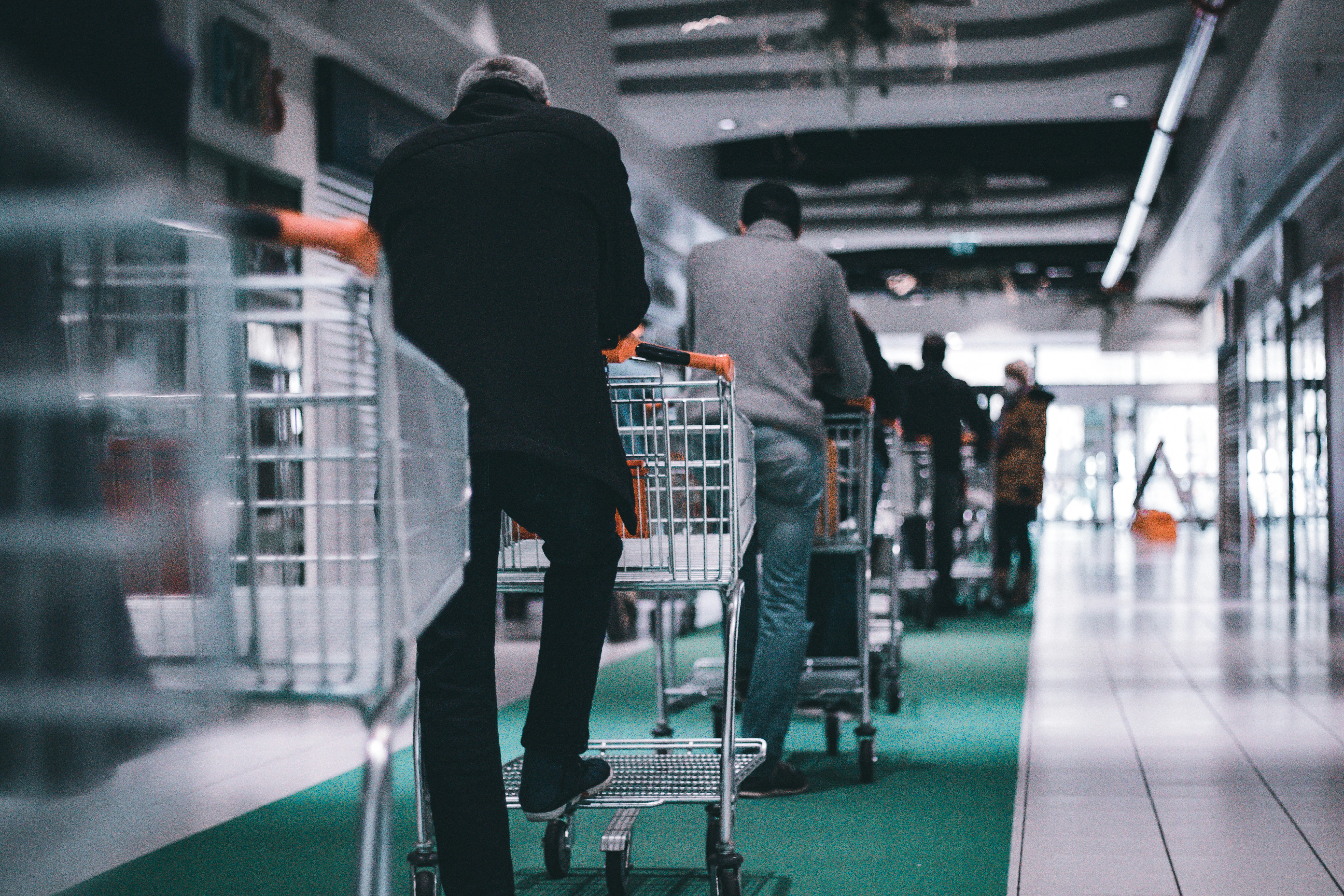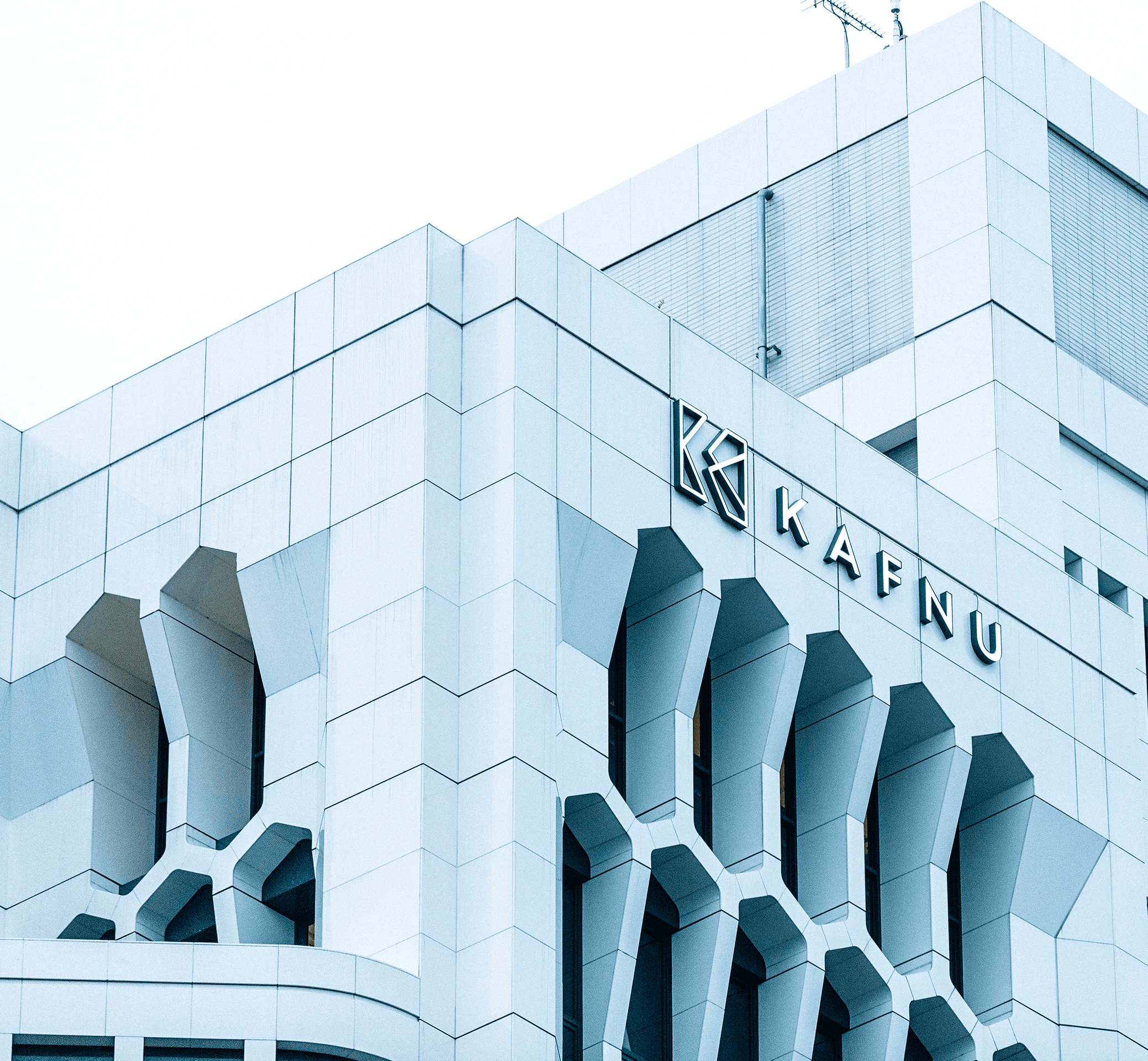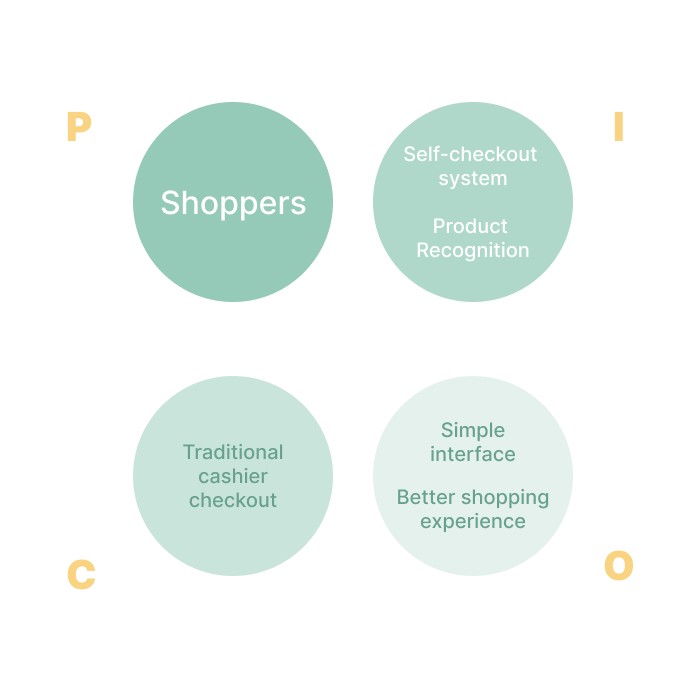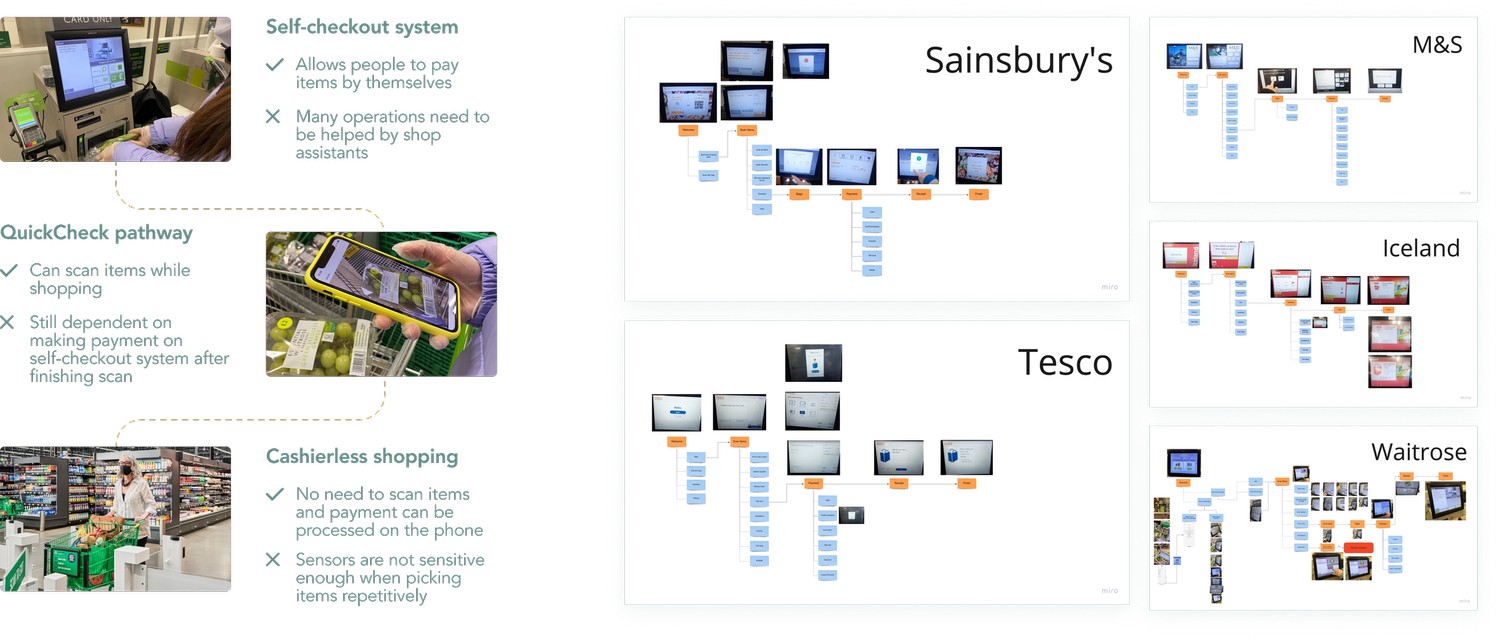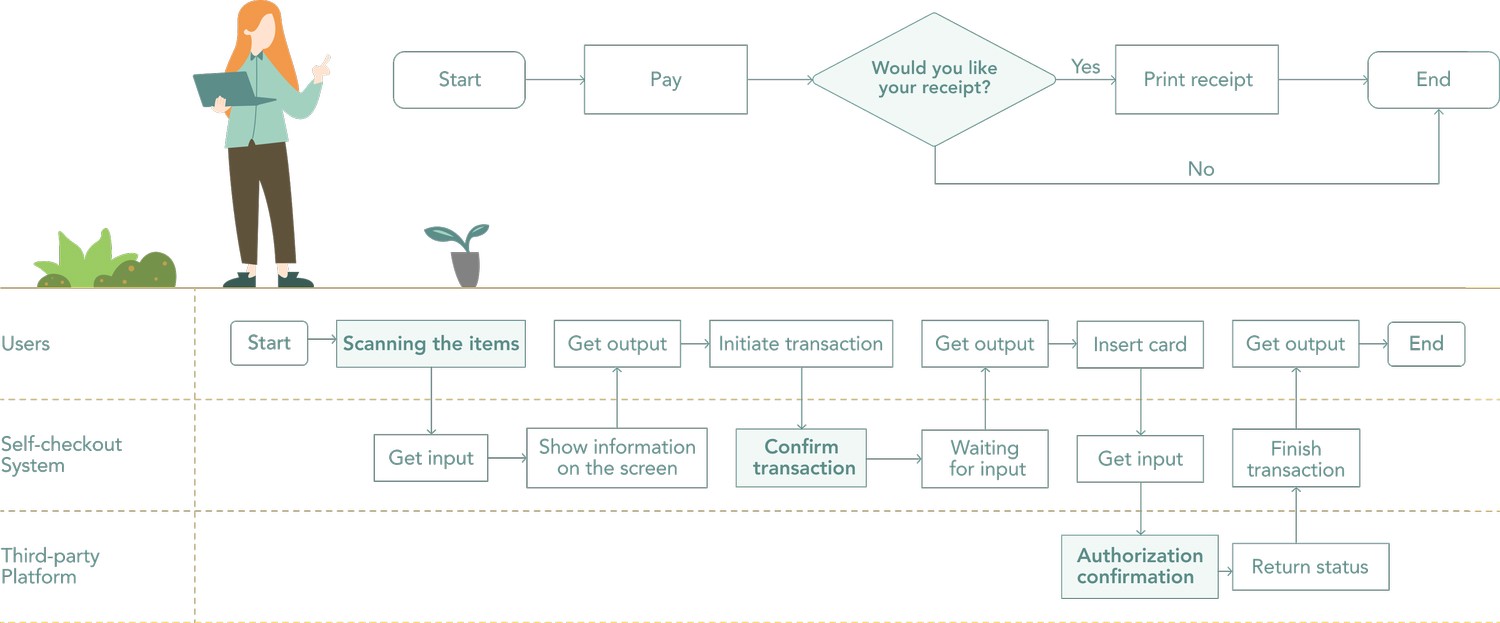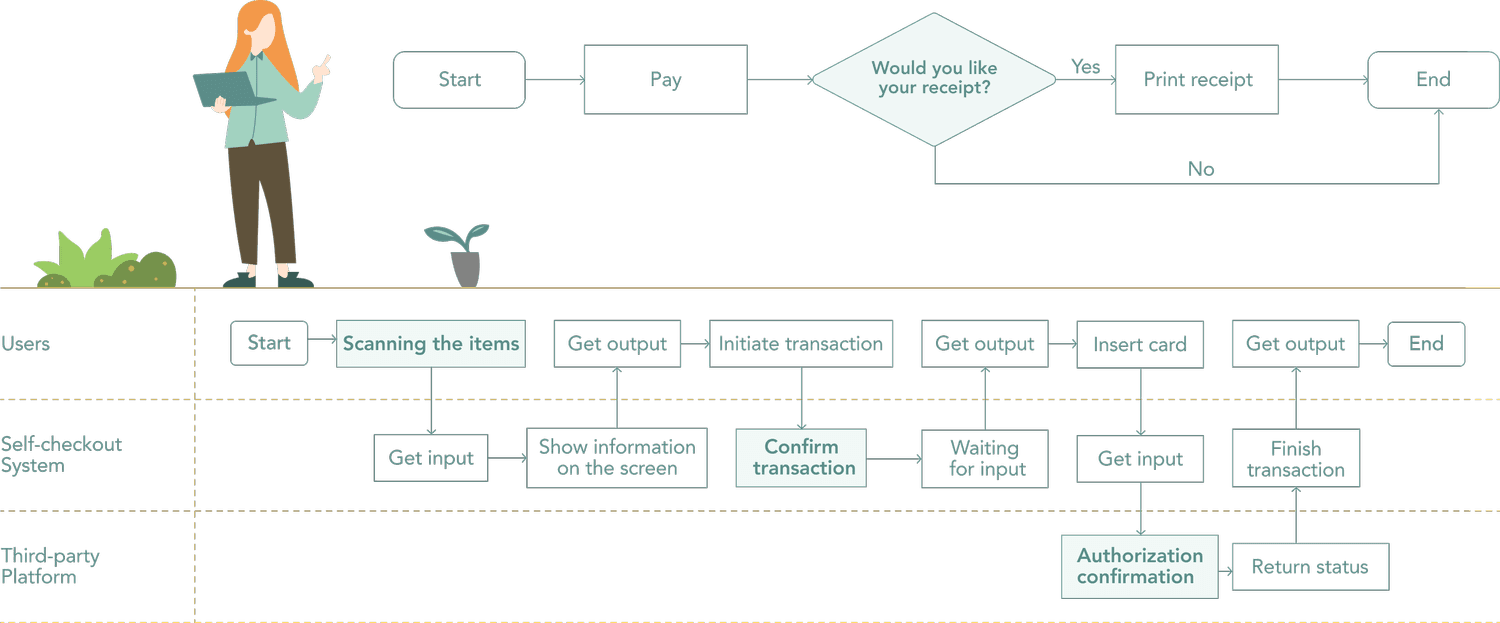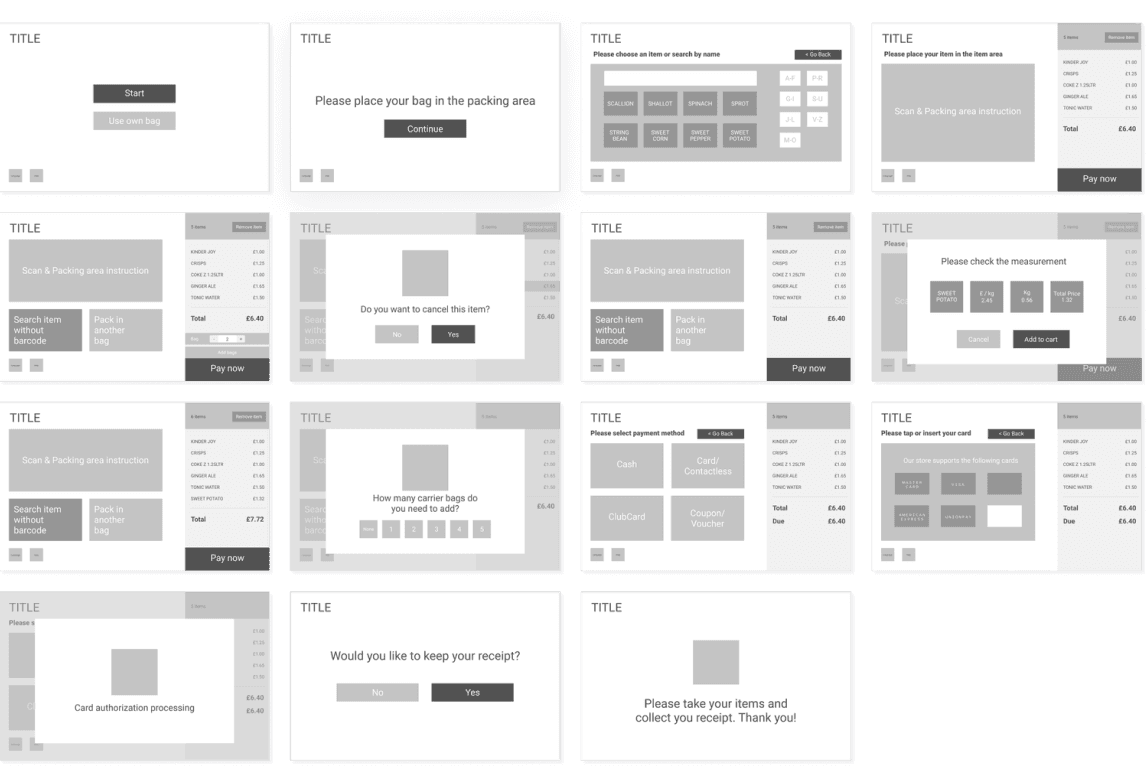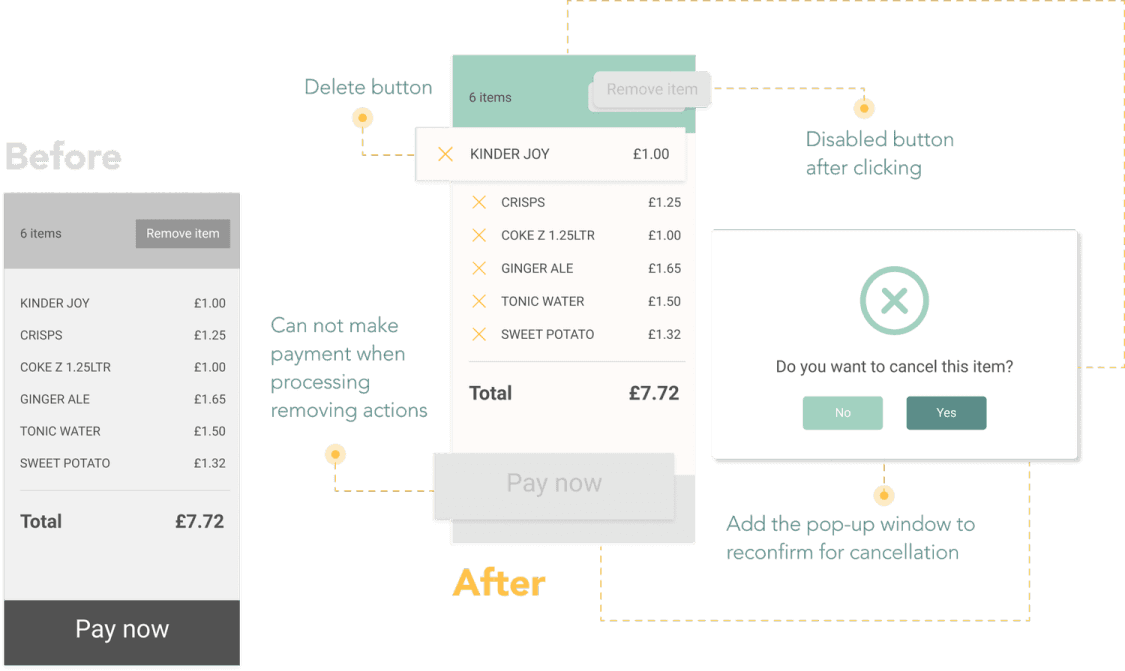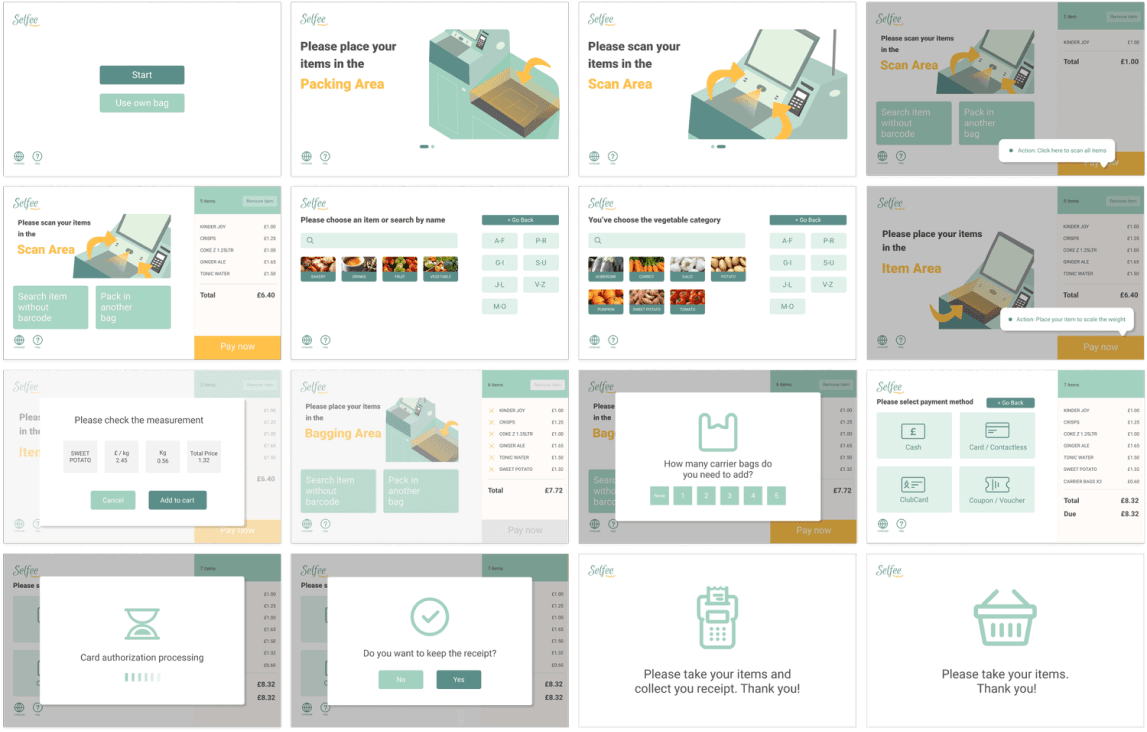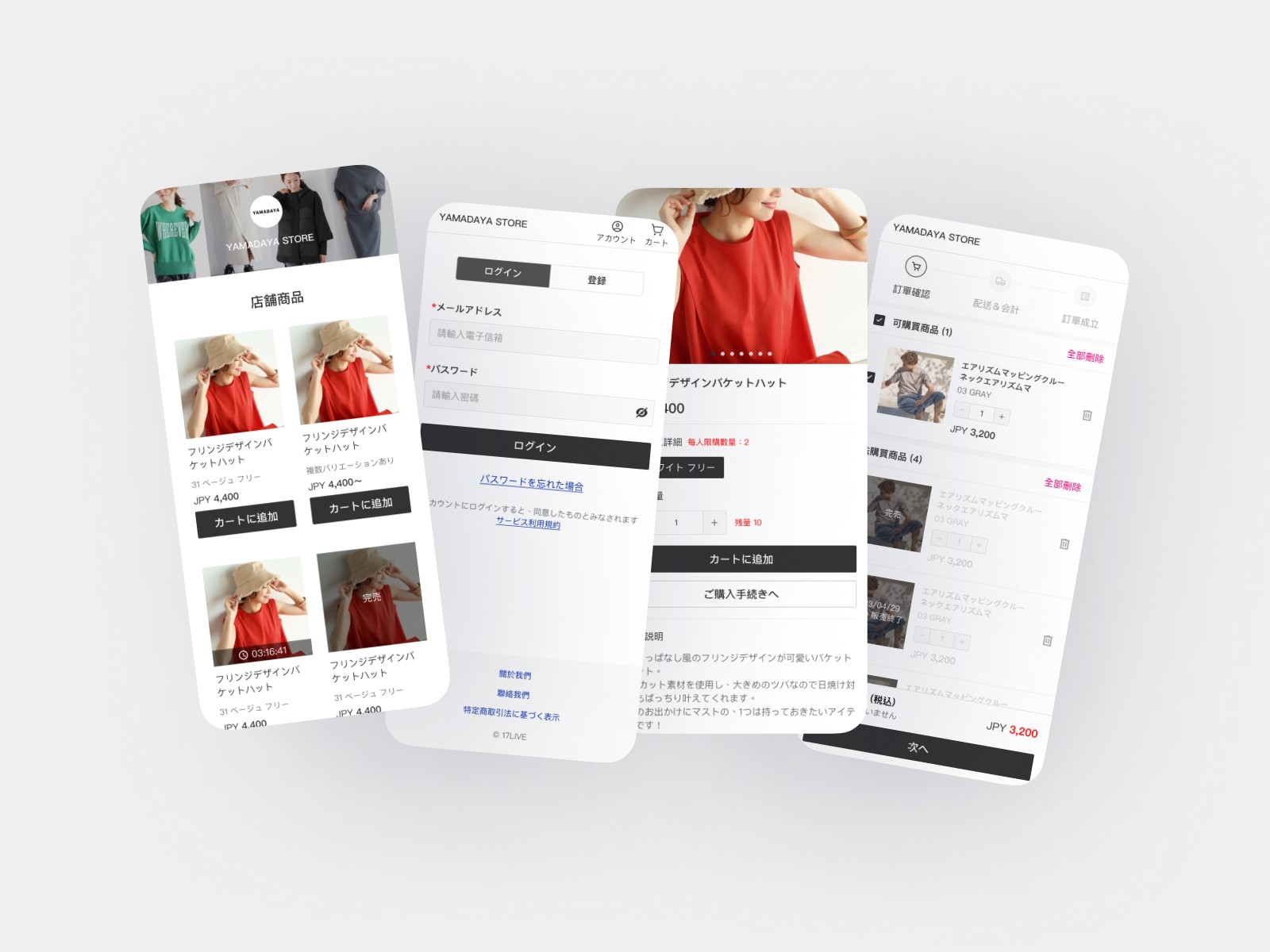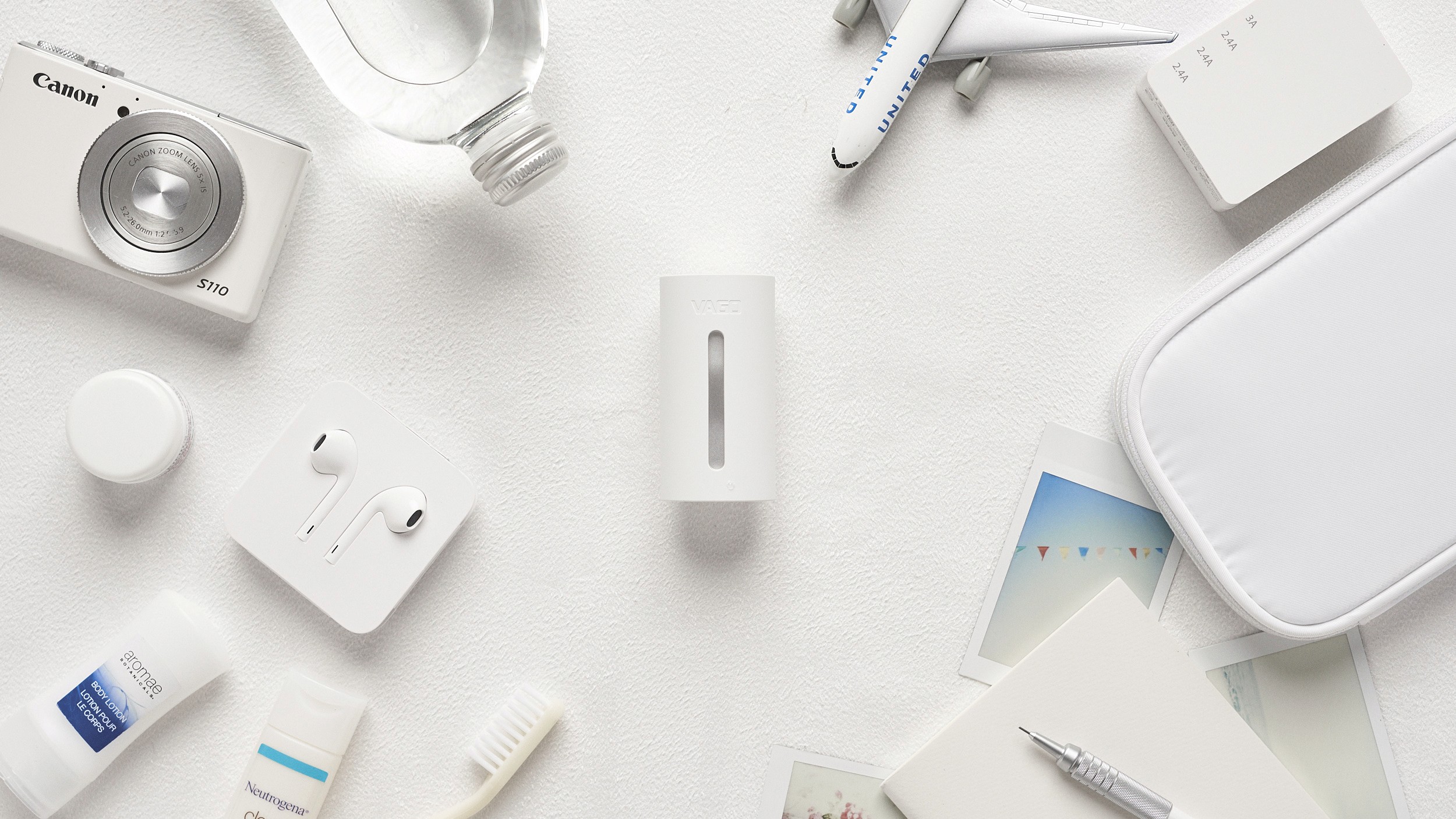#Maze
#Figma
Our concept aims to streamline checkout process, reduce queues, and enhance customer experience.
Product Designer / Researcher
Nov/2020 ~ Dec/2020
Challenges 🚧
Self-checkout systems streamline shopping but often lead to long queues due to unclear instructions and interface issues, requiring assistance from shop assistants.
MVP
After previous usability testing, we noticed users struggled with item removal. To address this, we implemented changes such as adding a disabled "Remove item" button in a clicked state and introducing a delete button for selection indication. These alterations were validated through further testing, resulting in a decrease in the misclick rate from 38% to nearly 0% and a reduction in average spent time from 13.7s to 4.1s.
We also upgraded the lo-fi prototype's visual style to create the current hi-fi version. However, design verification is ongoing. A second usability test was conducted to uncover any additional issues.
Conclusion
The results of our interview, questionnaire, and usability test, as well as our preliminary literature review, confirm that our concept and design provide a valuable solution to the existing problems caused by current self-checkout machines. To conclude, it is clear that improving the interface and design of these machines, will have a significant positive impact on the overall shopping experience of customers in both supermarkets and other retail stores. I would have liked to have had the chance to perform a/b tests to optimize the conversions of each interface more in the future.
